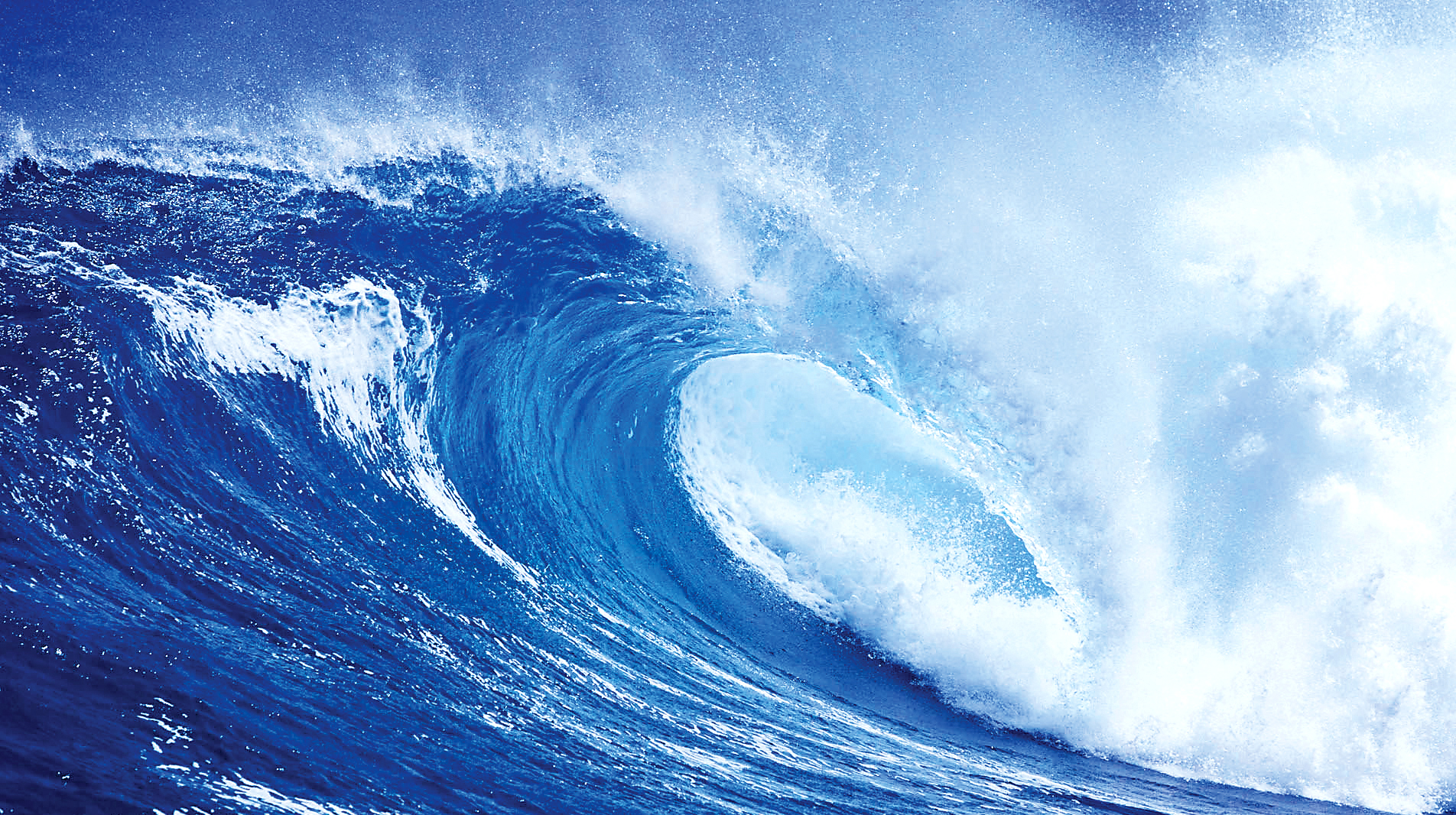
Fifty years ago, Congress passed the Marine Mammal Protection Act, a law that set the global benchmark for conserving marine mammals.
It was the first piece of legislation to call specifically for, “An ecosystem-level approach to wildlife protection.” According to the National Oceanic and Atmospheric Administration, not a single marine mammal species has gone extinct in US waters since the law was passed in 1972, and the protections enacted have helped stop declines among many marine mammal species.
In the Pacific Ocean, fish and humans alike are seeing some of the same benefits from strong regulations.
At 582,578 square miles, the Papahānaumokuākea Marine National Monument in Hawaii is the world’s largest no-fishing zone and marine protected area.
A study published this week in the journal Science finds that carefully placed no-fishing zones like Papahānaumokuākea can help restore tuna and other large fish species.
The catch rates for bigeye tuna increased by 12 percent and it was 8 percent for all fish species combined in the years since the MPA was expanded.
The Hawaiian islands appear to be a nursery for baby yellowfin tuna and many of the fish stay in the region, according to study co-author Jennifer Raynor, a professor in the Department of Forest and Wildlife Ecology at the University of Wisconsin-Madison.
“It builds a strong case for large-scale marine protected areas not just as biodiversity conservation, but as fishery rebuilding tools. Responsible fishing and conservation do not oppose each other – they are two sides of the same sustainability strategy.” Worm was not involved in the study.
Fortune Business Insights estimates that the global tuna fish market will be worth $48.19 billion by 2028.
“This research by Medoff et al. reaffirms the value of large scale marine protected areas in the Pacific,” Kekuewa Kikiloi, associate professor in the Kamakakūokalani Center for Hawaiian Studies at the University of Hawaii at Mānoa, says in a press release.
